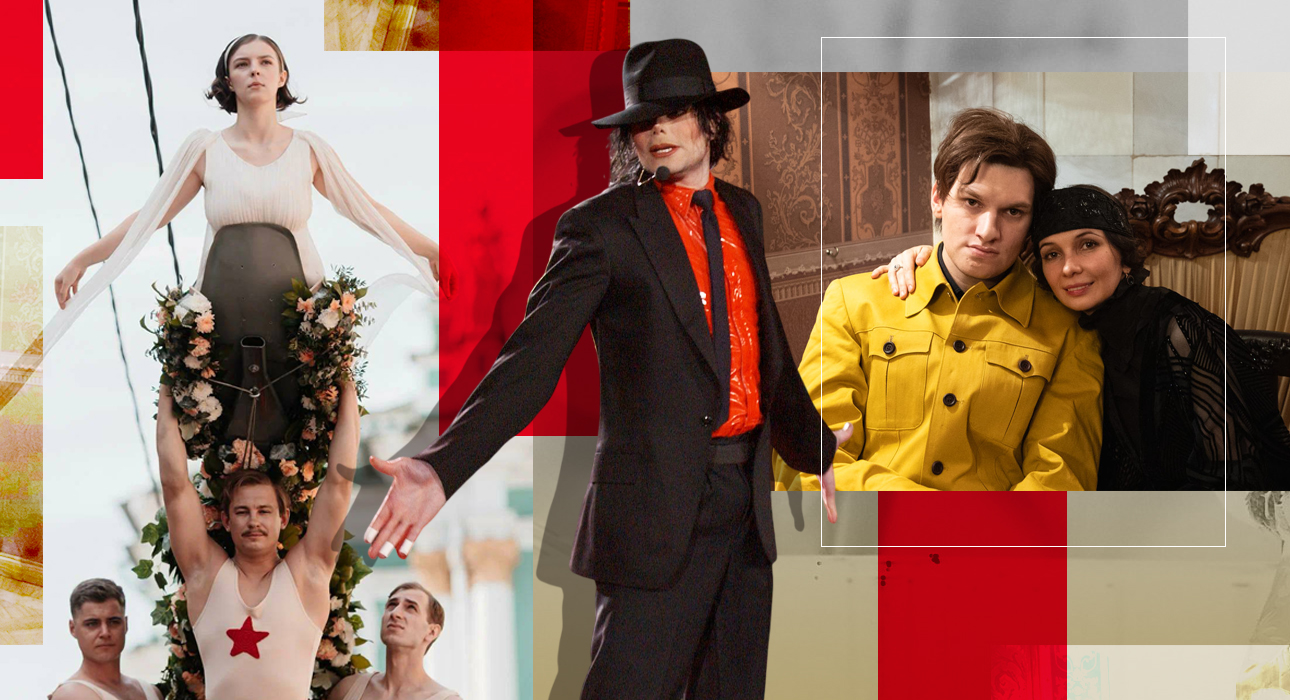These films once had to be shelved, and they only saw the light decades later. We are talking about paintings that were banned in the USSR.
“Ivan the Terrible”, Sergei Eisenstein (1945)
According to the script, which was personally approved by Stalin, the last film of the great director was on the banned list immediately after the start of the rental. It was assumed that a total of three episodes will be released, and for the first episode, the director and the film crew even received the 1st degree Stalin Prize, but the head of the USSR did not approve of the continuation of the film. Now experts say that Stalin saw parallels in the plot with his own person, and therefore forbade the showing of Ivan the Terrible, withdrawing the first series from the rental. The Central Committee of the All-Union Communist Party of the Bolsheviks would later explain this by the fact that Sergei Eisenstein “exposed ignorance in the depiction of historical facts and presented Ivan the Terrible’s progressive army of guards as a degenerate gang. Like the American Ku Klux Klan and Ivan the Terrible, a powerful a man of will and character – weak-willed and weak-willed, something like Hamlet. Of course, work on the project had to be stopped, therefore, for example, only fragments of the third part of the film remained, and the second part was released only in 1958, after the death of Stalin .
“The story of the loved but unmarried Asya Klyachina”, Andrei Konchalovsky (1966)
Andrei Konchalovsky shot his second feature film in the village of Kadnitsy in the Gorky Territory, in which most of the roles included non-professional actors – residents of the village. It was an attempt to rethink the theme of the Russian village returning to Soviet cinema in the 60s – as a result, we got a love story between the lame-footed and proud Asian and the lame-footed and unlucky driver. Stepan against the background of the fate of soldiers at the front and ex-prisoners of the camps. Their life was not embellished with ideology, and it turned out that a Soviet person can be unhappy too. And, of course, this could not be allowed in the ranks of the leadership of the USSR, therefore “Asian Klyachin” had to be shelved until 1987. Later, by the way, Andrei Konchalovsky shot a kind of continuation of the film – the picture “Ryaba Hen” (1994), the events of which unfolded 25 years later.
“Check the roads”, Alexei German (1971)
The theme of the Great Patriotic War has always been specific to Soviet and later Russian culture, and the level of censorship on everything related to it was appropriate. And “Check the Roads” – Alexei German’s first film based on the story of his father, Yuri German – did not fit into the acceptable framework. This is a story about the collaborator Lazarev, who voluntarily fought on the side of Germany, but now wants to make up for his betrayal in the partisan detachment – Alexei German showed an old traitor who could literally turn into a real hero. He was not allowed to broadcast such an idea to the masses – besides, Goskino’s leadership accused the director of “deheroizing” the Soviet army and distorting the success of the people. As a result, the picture was released 15 years later, in 1986, and was considered one of the masterpieces of Soviet cinema during the years of perestroika.
“Long farewell”, Kira Muratova (1971)
The movie “Long Farewell” was supposed to complete the dilemma about the Soviet province and its inhabitants, which began with the debut of Kira Muratova “Short Meetings”, but it never saw the light of day. The reason lies in the emptiness and sometimes meaninglessness of the life of an ordinary Soviet person, as in Andrey Konchalovsky’s “Asian Klyachina” – the characters of “Long Teller” do not find themselves at a moral crossroads. High, they exist only as the protagonists of a separate story about an adult who is ripe to leave her home and a mother who does not want to leave her. The movie was released only in 1987.
“One man’s lonely voice”, Alexander Sokurov (1977)
The debut of Alexander Sokurov, which he staged in the VGIK training studio, was almost completely destroyed – the leadership of the institute did not like it very much. Thanks to cameraman Sergei Yurizditsky, he saved the film – for this he changed the films and secretly removed the original from the film store. “One Man’s Lonely Voice” was shot based on the works of Andrei Platonov, while preserving the unique artistic world of the author – the picture tells about the Red Army soldier Nikita, who, after the end of the Civil, returns to a deep province. War and now painfully trying to rebuild his life. But the leadership of the USSR did not appreciate this story, accused its director Andrei Tarkovsky (who himself called Sokurov a genius) of imitation and banned the film – it was finally released on the screens only in 1987.
“Intervention” by Gennady Poloka (1968)
After the sensational “ShKID Republic”, Gennady Poloka was supposed to make a film based on the play Lev Slavin “Intervention”, and even before its release it was predicted that it would be successful – by that time it had been a literary original. staged on the stage of the Moscow Theater of Satire for a year, and the performance was sold out each time. Also, the stars of their time were taken to work on the picture: Vladimir Vysotsky, Valery Zolotukhin, Olga Aroseva, Efim Kopelyan, Valentin Gaft and Sergey Yursky. True, the audience managed to see the result of their work only after almost 20 years – the “Intervention” was never allowed to be shown because it “showed the Bolsheviks in a funny and funny way”, and the revolution itself – a farce. Finally, the film was released in 1987, already in the years of perestroika.
Source: People Talk
I’m Roger Gritton, and I’ve been writing for the The Fashion Vibes for over 5 years now. My specialty is beauty news; I’m passionate about covering the latest trends, products, and innovations in the industry. In my time there, I’ve become known as an authority on all things beauty-related.
I love discovering new experts to interview, researching up-and-coming ingredients and techniques that are making their way onto our beauty shelves and highlighting people who are making a difference in the world of cosmetics. My work has appeared not only on The Fashion Vibes, but also several other publications including the New York Times Magazine, Allure Magazine and Refinery29.





